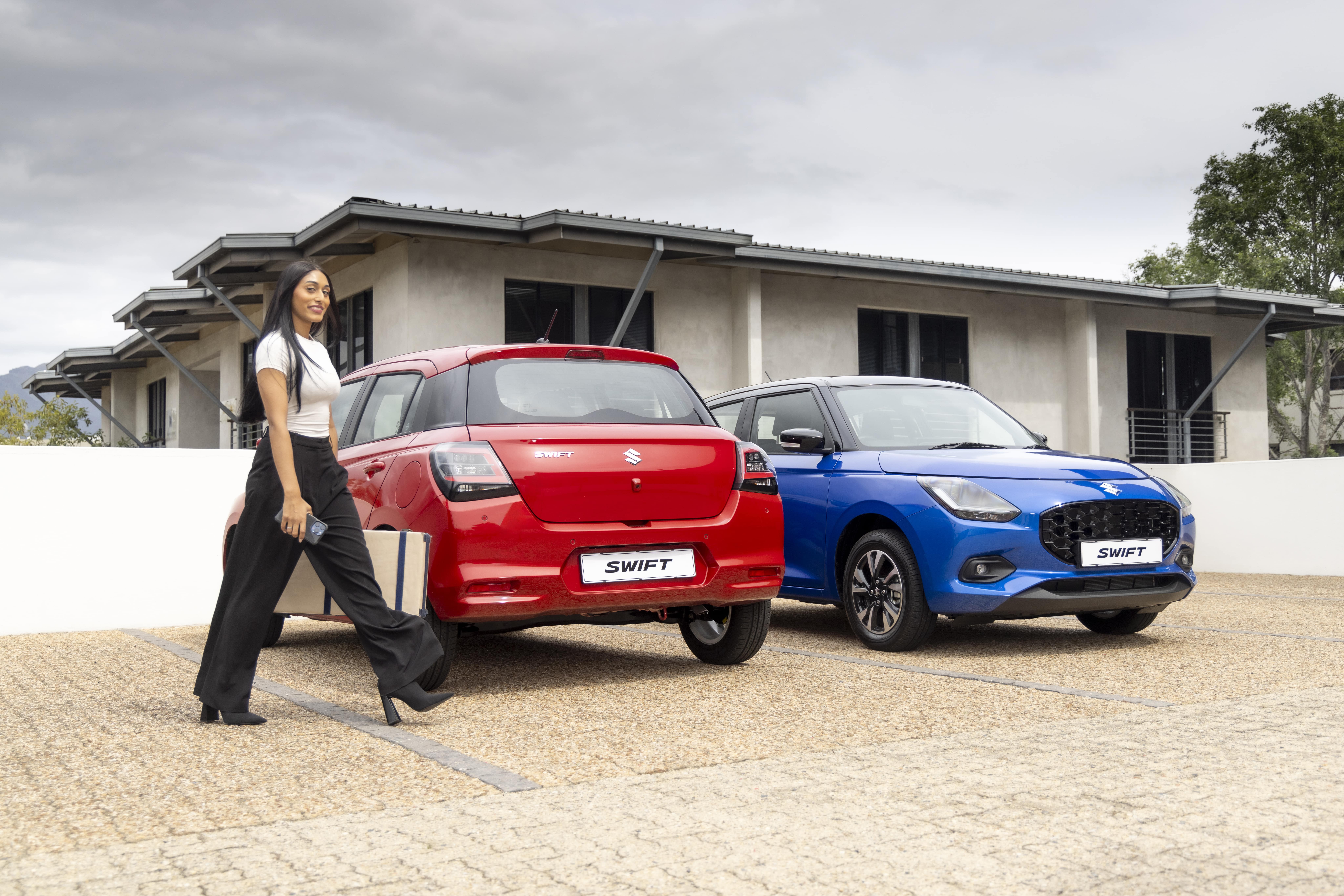The words ‘depreciation’ and ‘my car’ in the same sentence tend to provoke a little spinal shudder but, the reality is as your car ages, it will lose some of its original value—unless it is a rare exotic model-but you do have a measure of control as to how much this will be.
When you buy your first car, be it brand new or a pre-loved model, you’re bound to hear the words, “asset depreciation” the moment you drive your new baby off the dealership floor. While your car’s value will depreciate the longer you own it and the more you drive it, there are ways to protect and maintain your car’s value for future resale.
The following tips can help you secure a better return on your car’s value when the time comes to trade it in, sell it privately, or upgrade to a newer model.
You will also need to understand the meanings of common sales terminology used in the motor industry.
The first term is “Retail Price” — this is the recommended selling price, excluding any optional extras. Dealerships have expenses such as marketing, insurance, vehicle reconditioning and repairs, facility overheads, and staff remuneration. This means that the dealership needs to factor some profit into the vehicle price, thus the retail value is normally at the higher end of the scale.
The “Trade or Market Price” is usually lower than the retail value. While this value may vary according to vehicle demand, this is the specific value that should be focused on when trading in or selling your car.
The term “Depreciation” refers to the decrease in an asset's value over time, due to various factors such as mileage and wear and tear.
Do a little homework before you make your final buying decision and consider:
- The historic market demand of the particular make and model of your vehicle.
- Is the three-door or five-door model more popular?
- Is automatic or manual more popular?
- Does the car run on diesel or petrol?
That will give you an indication of how much and how fast the car you have in mind may depreciate by the time you want to sell it.
Used car websites can be extremely helpful when researching which cars are the most popular, the fastest-selling, and which have maintained their resale value over time. The best time to trade in a car is when the car’s trade value is more or less the same as the settlement amount owed to the bank.
It’s crucial to look after your car by following the manufacturer’s recommended service intervals and servicing it regularly. Some extra TLC can work wonders for your car, and for the future buyer/dealer. Regular services will reassure the dealership that the vehicle has been well maintained and the likelihood of the vehicle mechanics malfunctioning is low.
Here are a few simple tips for maintaining your car’s resale value to ensure you get the best price for your car:
Choose the vehicle make and model carefully — this includes the colour (white or silver are your best bet), and car brand (some brands are expensive to maintain or require more after-sales support).
Keep a detailed service record — be diligent, stick to the maintenance schedule, and keep a record of everything that has been worked on in your vehicle. We really do mean everything here. A clean record will count in your favour when it comes to price negotiations.
Use it, don’t abuse it — this is fairly self-explanatory and applies to every aspect of your car, from the brakes and transmission condition, to paint chips, dents, etc — all of these elements will be assessed by a potential buyer. Like we said earlier, some TLC goes a long way.
Keep your car’s papers in order — this includes the original vehicle registration form and the proof of payment for the annual vehicle licence fee. You should also ensure there aren’t any outstanding fines or e-Toll costs owing on the car.
Take care of the small things — if you notice something wrong with your vehicle, anything from an unusual sound in the engine to a few scratches, have it checked out and deal with it. To preserve your car’s resale value, it’s always better to be safe than sorry. In short, when in doubt, have it checked out!
Use a reliable mechanic — it’s recommended that you service and maintain your car at a workshop with a good track record and trusted mechanics. Generally, franchise dealerships have expert vehicle knowledge and qualified technicians who are trained to work on your specific vehicle brand.
Where you park your car can impact its resale value — while a closed garage is ideal, this isn’t always possible. If you don’t have access to a closed garage: try not to leave your car parked under a tree and avoid leaving your car in the sun for long periods of time in order to maintain the exterior paint (you should also consider using a sun visor and even car seat covers to preserve the car’s interior).
Repairing or removing scratches, dents, and other minor cosmetic problems may help you maximise the value of the car, especially if it is a newer car.
Another consideration, especially if you live near the coast, are scratches where the paintwork has been breached. These are havens for the formation of rust as water will seep through to sit directly on the metal body and this rust will spread under the paintwork, often forming bubbles.
In insurance terms, these minor dings are viewed as cosmetic so it is worthwhile considering one of the many secondary insurance options specifically covering the removal of dents and scratches.
Every scratch, ding, and dent on your vehicle — no matter how slight — could knock a pretty significant chunk of change off your car’s resale value. So, you need to get the superficial damage taken care of as soon as possible.
The only way to keep your car – and its resale value – in top shape is by being diligent about checking things that do not need you to be a qualified motor mechanic.
1. Batteries
Check the water (electrolyte) level to make sure it’s not too low (it must cover the fluid plates). If necessary, top it up with distilled water. Avoid overfilling and clean any spillage. Also, keep it clean by wiping the terminals with warm (not hot) soapy water and remove any acid or dirt build-up, which could cause the battery to self-discharge quicker.
Secure your car battery properly to make sure it doesn’t shift out of place under the bonnet and charge it regularly.
2. Tyres
Always ensure your tyres are in good condition, and not worn down. Worn tyres are extremely dangerous in all conditions, but this danger can be multiplied in wet, snowy, and icy weather. Check that your tyres are inflated to the correct pressure according to the manufacturer’s guidelines, as this will ensure optimal road holding and tyre life.
3. Remember your lights
You need to ensure that your car’s headlights are working properly and that you always switch the headlights off when you reach your destination. If you can, park your vehicle facing a wall—the reflection of the lights will act as a reminder to switch them off.
4. Windscreens and wipers
It is important to check the condition of your wiper blades and replace them if needed. Avoid cleaning mud and soil from the windscreen with the wipers as these can scratch the glass.
NOTE: You need to be diligent about having your car properly serviced according to the manufacturer’s schedule as this record of attention will go a long way to reducing depreciation.
More tips and information can be found at:
To do some more hands-on research of your own, book a test drive today!



